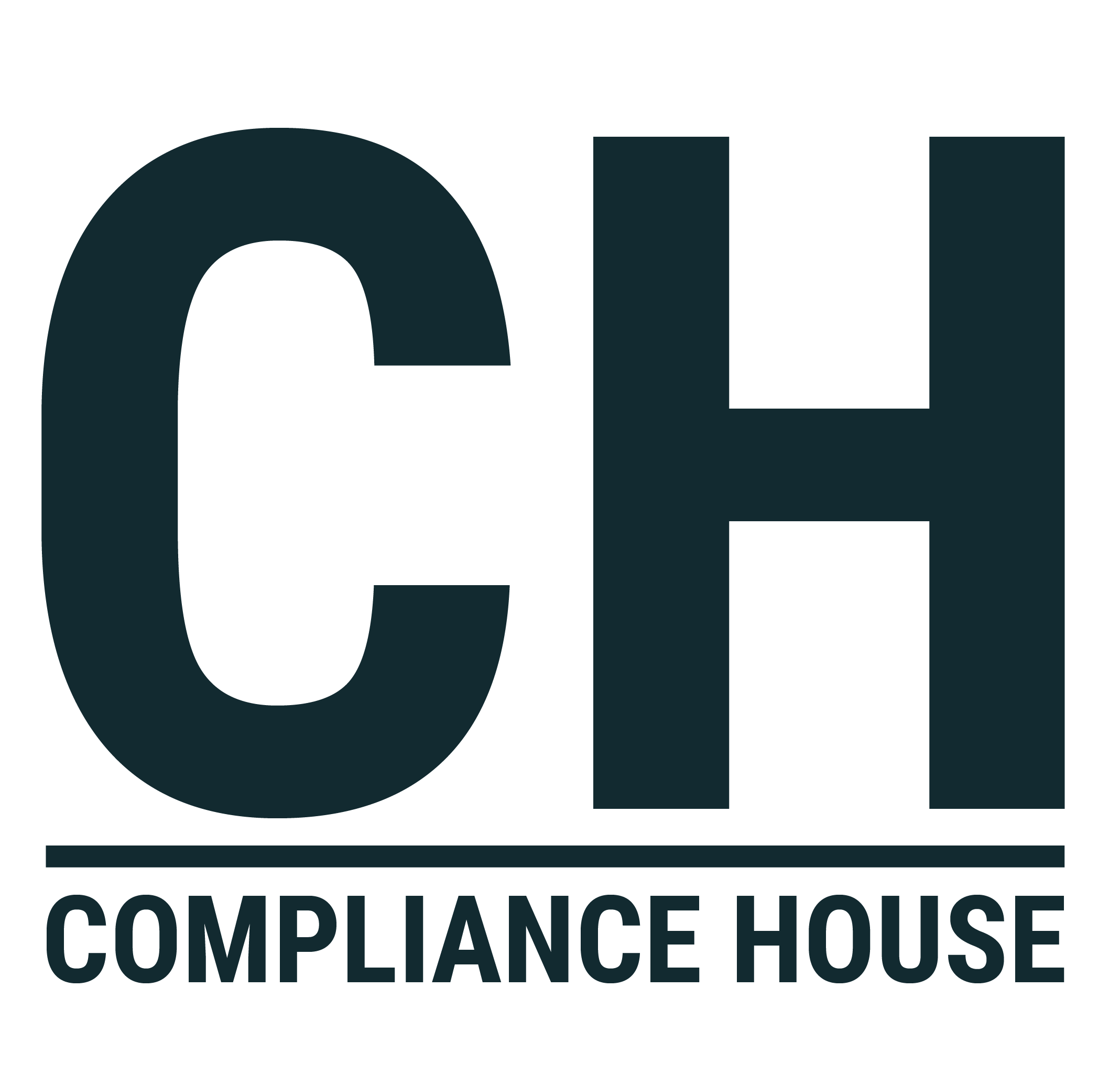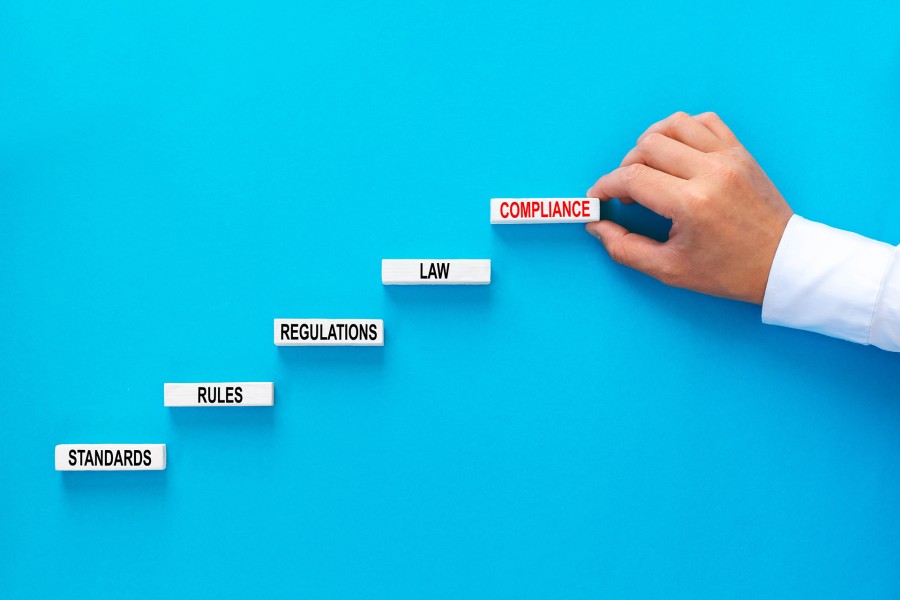What is the Purpose of a Corporate Compliance Program?
The primary purpose of a corporate compliance program is to ensure that an organization operates within the laws, regulations, and ethical standards relevant to its industry and business operations. It helps to maintain a culture of integrity and prevent misconduct.
Why Have a Corporate Compliance Program?
Having a corporate compliance program is essential because it protects the company from legal and regulatory penalties, enhances business processes, maintains corporate reputation, and builds customer trust. It also creates an environment where employees are aware of what is expected of them.
The Expansion of Corporate Compliance Programs
As globalization advances and regulatory landscapes become more complex, corporate compliance programs have expanded in scope. They now often include areas such as anti-bribery and corruption, environmental regulations, data protection, workplace safety, diversity and inclusion, and more.
How to Monitor the Effectiveness of Your Compliance Program?
Effective monitoring involves a mixture of periodic audits, regular risk assessments, feedback mechanisms (like employee surveys), and management reviews. The use of metrics and key performance indicators (KPIs) can also help gauge the program’s success.
What Should a Compliance Monitoring Plan Look Like?
A Compliance Monitoring Plan should be comprehensive, transparent, and proactive. It should include an audit schedule, risk assessment plan, feedback channels, training and education programs, and should outline the process for handling violations.
Hallmarks of an Effective Compliance Program
An effective compliance program is typically characterized by strong leadership, a culture of compliance, thorough risk assessments, regular audits, effective training programs, transparent and accessible policies, a strong whistle-blower mechanism, consistent enforcement, and continuous improvement.
Running an Effective Compliance Program
Running an effective program involves maintaining a strong culture of compliance and ethics, regular risk assessments, promoting a speak-up culture, providing necessary training, and staying updated with changes in laws and regulations. Leadership engagement is also crucial for the program’s success.
Building an Effective Compliance Program
Building an effective program requires understanding the specific risks of your business, defining clear policies and procedures, communicating them effectively to employees, providing continuous training, and establishing a system to monitor compliance and address violations.
Reasons Why Compliance Programs Fail (Plus How to Avoid Them!)
Common reasons for failure include lack of support from leadership, insufficient resources, unclear policies, inadequate training, and poor enforcement. Avoid these pitfalls by investing in your program, promoting a culture of compliance, and ensuring your approach is proactive, not just reactive.
4 Things to Prioritize If You Want a Robust Compliance Program
- Leadership support: Ensure that top management is committed to promoting compliance.
- Risk assessment: Regularly evaluate the business risks that your organization faces.
- Training: Provide employees with the necessary knowledge and tools to comply with policies.
- Continuous improvement: Regularly evaluate and update your program to address changes in laws, business operations, and risk factors.
5 Ways To Give Your Compliance Program An Advantage
- Use technology: Leverage tech tools for risk assessment, reporting, and training.
- Engage everyone: Compliance is a collective responsibility. Engage all employees in your compliance efforts.
- Be transparent: Make policies easily accessible and create open communication channels.
- Respond to violations swiftly: Quick and consistent response to compliance breaches is key.
- Leverage data: Use data analytics to identify patterns and trends in compliance risks.
3 Ways Elevating A Compliance Program Can Go Wrong
- Overemphasis on rules: Compliance isn’t just about following rules. A tick-box approach may lead to superficial compliance without a deep-rooted culture of integrity.
- Neglecting feedback: Not incorporating feedback from employees and stakeholders can lead to a disconnect between the program and the realities of the business.
- Ignoring changes in the external environment: Failing to adapt to new laws, regulations, and business developments can render a compliance program ineffective.
How to Have a Successful Compliance Program?
A successful compliance program requires commitment from leadership, clear policies and procedures, effective training, and robust monitoring and enforcement mechanisms. But most importantly, it requires a culture of integrity where every member of the organization understands their role in upholding compliance.







